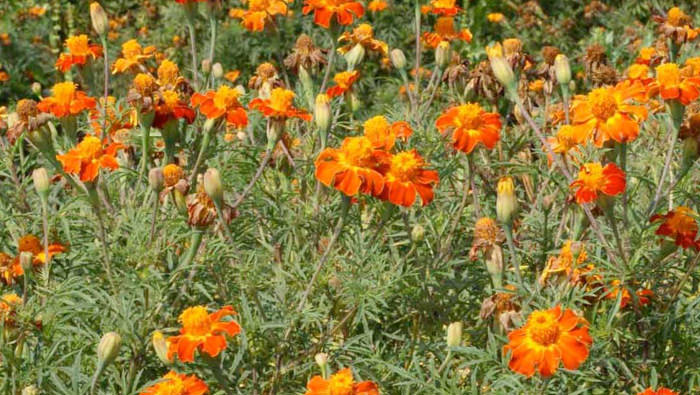
Should I Plant a Cover Crop?
In simplest terms, a cover crop is planted to cover the soil, rather than for a harvest. Most commonly these are grains which are planted in the fall and tilled into the soil in the spring. Cover crops have many purposes but there are three main ones:
1. To increase organic matter & improve soil structure.
2. To protect soil from erosion.
3. To control weeds.
The side benefits are increased ability for the soil to hold water, weed control, improved fertility (depending on the crop you choose) and increased harvests.
If you are starting a new garden, or trying to improve an existing one, planting a fall/winter cover crop is an inexpensive way to get a good start on next year.
Cover crop seed should be broadcast at the recommended rate for the variety you choose, 6-8 weeks before the first fall frost. It’s best to broadcast the seed on open ground, free of most weeds. But you can start a new garden on previously used ground by mowing whatever growth that now exists as low to ground as possible. If your garden still has vegetable plants, you can seed a cover crop between the rows or between the plants. Below are a few of the most common cover crops but visit the Cover Crop page on our website for more options and information.
Buckwheat – Grows 3’. Annual. Planting rate = 2 pounds per 1000 square feet. Very fast grower and can flower in 40 days. Plant in early fall when soil is still warm and mow before it begins to seed. Till into the soil in the fall or allow the cut mass to remain on top of the soil until spring tilling. You can plant and till multiple times in one season to increase soil health and suppress weeds. Flowers attract pollinators.
Winter Rye – Grows 2-3’. Annual. Planting rate 4 pounds per 1000 square feet. Very cold hardy and must be tilled into the soil as early as the soil can be worked in the spring to avoid itself becoming a weed in your garden. Because it can be broadcast when the soil is cool (but above 35°) and is quick to germinate, it is a good choice for late fall planting even after frost.
Clovers – produces both tap roots and fibrous roots, opening up the soil. They are also a legume which takes nitrogen out of the air and traps it in the soil. Clovers can be tilled into the soil in the spring or allowed to be a ‘living mulch’. When flowering, they all attract pollinators, especially bees.
- Dwarf or Dutch White Clover: Grows 4-6” tall. Perennial. Planting rate = ¼ pound per 1000 square feet. Till in spring before flowering or it will self-seed. Most common clover used for living mulch.
- Medium Red Clover: Grows 10-12” tall. Perennial. Planting rate = ½ pound per 1000 square feet. If the soil is very poor, plant in fall, allow to grow for full season, mow that fall and wait until the following spring to till into the soil.
- Yellow Blossom Sweet Clover: Grows 2-3’ first year, 6-8’ if allowed to grow to a second year. Perennial. Planting rate = 1 pound per 1000 square feet.
Winter Peas – Grows 3-4’. Annual. Planting rate = 5 pounds per 1000 square feet. Peas are also legumes and fix nitrogen in the air into the soil. If planted early enough (8 weeks before frost), you can harvest ‘pea shoots’ for eating. Plants may survive the winter in zone 6 and warmer. Till into the soil at least 2 weeks before planting vegetables.
